A house called The House. Posted by hulda on Aug 31, 2013 in Icelandic culture, Icelandic customs, Icelandic history
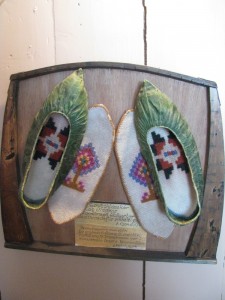 The House of Eyrarbakki, Húsið á Eyrarbakka, was among our must-stop list during the camping trip. I’ve already described how Icelanders typically lived (link), but this example is exceptional because the house in question used to belong to a very wealthy family. Of course it pales in comparison to many, larger and fancier houses all over Europe but that’s precisely why it’s worth seeing: this was life in Iceland once upon a time – and here still stands a slice of life of the top class. The name of the house stems from the fact that it was the largest, fanciest and richest house of the whole town, hence people began to call it Húsið, “the house”.
The House of Eyrarbakki, Húsið á Eyrarbakka, was among our must-stop list during the camping trip. I’ve already described how Icelanders typically lived (link), but this example is exceptional because the house in question used to belong to a very wealthy family. Of course it pales in comparison to many, larger and fancier houses all over Europe but that’s precisely why it’s worth seeing: this was life in Iceland once upon a time – and here still stands a slice of life of the top class. The name of the house stems from the fact that it was the largest, fanciest and richest house of the whole town, hence people began to call it Húsið, “the house”.
It’s among the largest single houses in Eyrarbakki, losing perhaps only to the church. The rest of the town is full of beautiful, strange-looking multicoloured buildings so if you’re interested in seeing Icelandic architecture at its best, buildings that are designed to please their owners and absolutely nobody else. Be warned that if you’re from a place where building regulations are strict Reykjavík alone will take you by surprise, let alone the smaller coastal towns!
But let’s go in to this one now and see how a wealthy family used to live.
The living room where guests would have been entertained. Most of the furniture is along the walls, this coffee table being the only piece in the middle of it. All the rooms are very low although by the standards of their time they’re actually taller than most (a turf house had often such a low ceiling that you’d have to bend a little to go from room to room).
This house had at least two kitchens that we saw, one upstairs and one on the ground floor. This is the ground floor kitchen, much larger and still partially in use. The items that are on display are wonderful in their own right: coffee mills so large that they must have been meant for serving coffee to a large amount of visitors, a huge tin for coffee beans, beautiful copper pots and hand grinding stones made out of – yes – lava rock!
In one room they had collected items that were used for making clothing and examples of old handicrafts. They had two kinds of spinning wheels on display, the large, European kind and the smaller, more typical to Iceland type which you can see on the right side of the seated “lady”. Next to it are small boxes for both uncombed and combed wool that’s ready to be spun into thread and another round, beautifully decorated box which usage I can only guess. Was it meant for storing spun wool? A knitting? Other small handicrafts?
One of the rooms upstairs had been filled with old toys Icelandic children used to play with. There are many familiar types – a chess board, some other kinds of board games (the blue and yellow one with the question marks is called “Matador”, a very popular board game from the early 1900’s to this day), dolls, toy cars, a toy ship etc. but what’s perhaps the most interesting are the items lying right in front of the ship.
Sheep horns, bones and especially jaw bones are traditional toys for Icelandic children. And look at that toy house, it’s a turf house!
Needless to say the inhabitants of this house were not all quite equal in standing though, since a building this large needs lots of servant folk to keep everything running. Their quarters were nothing like this room here that’s filled with toys, beautiful textiles, a fine chess set, clocks and even a lamp fastened to a wall above the bed for possible night reading –
– what their rooms looked like was this. This is a room on top of the house, on the second floor/attic. It’s furnished in a lot simpler way and I assume it may have been a room for female servants. The hole in the floor next to the bed on the right side shows the children’s room below.
However, even that is still better than this. We found a small room behind a wall – or perhaps it would be better to just call it a tiny space where two mattresses and a chest for personal items could barely fit in. I’m not entirely sure whose sleeping space this was, but I’m still leaning strongly towards it being a servants’ room, perhaps young ones’.
Downstairs has some rooms that are more museum-like in appearance and host interesting daily life items that were not originally a part of the house itself. Here’s a huge scale for example, used for weighing wool. The photo on the wall shows it in the days when it was in use and working women around it, busily weighing large sacks of unspun wool.
And this is the front of a brennivín (= Icelandic schnapps) barrel! Naturally it was not meant for private use, for that it’s way too large. It was used to sell brennivín to town goers on busy market days.
If you look closely you’ll see that it has three taps on it. This was what made it such an exceptionally wonderful barrel for those days when business was hectic, because it could serve three portions at a time. Indeed a clever concept, because brennivín was a well selling article… the text next to it said that on a particularly busy day the barrel had to be filled twice.
Two langspil, Icelandic drone zithers, on display. The one in the back is a one string langspil whereas the one in front has two strings. You can hear what the instrument sounds like here and here. The sound tends to be a little “uneven” but in my opinion that’s what makes it such a charming instrument to listen to.
Today finding a langspil is difficult. I’ve seen them occasionally on sale but I recommend you try them out before buying; the people who actually know how to make one are few and far between and it’s sadly not unusual that a langspil won’t stay tuned for a whole minute when played. If interested in buying one it’s best to just go to a professional instrument maker straight away.
A cocoa tin and another one for margarine. Svanasmjörlíki translates roughly as “Swan’s butter-like”, meaning margarine – in the same way as bjórlíki (= beer-like) meant light beer with a shot of brennivín in it in back in the days when beer was illegal but strong alcohol was not. Yup, Iceland used to have one of the world’s strangest alcohol bans and those days weren’t even that long ago. Mild drinks such as beer were banned until the 80’s (brennivín and other hard liquors were totally acceptable though)!
Beautiful tin boxes. My favourite is the one in front showing two kinds of Icelandic national dress on it, the skautbúningur (on the left with a veiled headdress) and the faldbúningur (with the spoon-like headdress sans a veil).
Here’s a lovely set of cups that have the Gullfoss painted on them. What makes them special is that they were painted in Japan the year 1933 – I’m really curious as to why, how, who ordered them and so forth. The Gullfoss is painted very accurately too, although possibly from a black and white photo.
Some more glassware that has survived to this day.
This picture shows that as a matter of fact a lot of the damage seen in the items was caused by a recent earthquake called Suðurlandsskjálftinn (= Southland’s quake), an unusually strong earthquake (magnitude 6.3) that shook the south coast in 29th May 2008. It’s actually a miracle that the items weren’t damaged even worse, if the only ones to break badly were the blue bottle and one of the Gullfoss cups.
Right next to Húsið is a maritime museum you should also visit if you happen this way. The ticket that you buy at one of them is good for both and they’re located side by side.
I had to piece the above “panorama” photo out of several photos because the room was too small to make the whole ship fit in one, but indeed they put a ship inside the museum and I have no idea how that was done. 😀
Here’s a fisherman’s outfit, made out of leather. It had to be both wind- and waterproof for the long days of rowing.
For most of the history of Iceland, Icelanders could not swim. They often avoided traveling on the south coast if at all possible because it’s full of rivers great and small, even opting to take dangerous routes over glaciers instead, and it’s also the reason to why fishing was considered a dangerous profession (admittedly it still is: there is no safe way of making your living on the north Atlantic, as one Estonian captain once told us over a cup of coffee). If the boat upturned there was very little anyone could do. The people on it would drown even with land very close in their sight and the onlookers’ only chance to helping them was if there was a boat nearby. Even so help would often come too late.
Here are two pairs of shoes a fisherman might have worn, the pair on the right is meant for slippery conditions such as icy or wet rocks.
And this is what you needed to work with leather. The sewing kit and the punchers are nothing new but I found the pair of tongs (made of sheep bones) quite interesting! Sewing leather was hard work which was one reason to why it was considered a job for men rather than women; it simply took a lot of strength to pull the needle and thread through the thick material.
And now for something completely different:
September is almost here and with it the university begins anew. For me this means completing my lokaritgerð, BA thesis, and contemplating on whether to apply for MA to study yet more Icelandic. The new Icelandic students are beginning their studies tomorrow and it makes me feel nostalgic to look at them. Just three years ago I was one of them, not knowing the university area very well, feeling nervous about my pronunciation skills and even worse about my grammar. Not much has actually changed, now that I think of it. Despite knowing the university much better it still throws surprises at me (like last spring when I found an anime room, one hidden cafe and a bar!), I’m still nervous about my pronunciation and grammar although I’ve been using the language for three years already. However, things have definitely become easier with time.
For me the first year was spent in various states of panic. The second was probably the worst of them, stuffed full of difficult things to learn, tall stacks of books to read, work work work and little time. The third one was challenging on its own way but felt much easier than the second, although this may have been because of our growing skills and confidence in using the language. I’d therefore like to dedicate the oncoming season to educational posts of various difficulty levels: there will be more pronunciation guides, vocabulary posts, everyday phrases -posts and so on. I was thinking of beginning to tag my posts based on how challenging the educational part of it is (beginner/intermediate/advanced) – how would you, dear readers feel about that? Useful? Completely useless, coddling even? You’ll set my 2CV on fire* if I take this route? Now’s the time to voice your concerns in the comments below!
For everyone who’s beginning their studies, I hope you the best of times at the university! Remember: work hard now, it will soon get easier. Þetta reddast. 🙂
*Disclaimer: I do not own a 2CV aside of an imaginary one but I would be devastated if you set fire to it. 🙁

Build vocabulary, practice pronunciation, and more with Transparent Language Online. Available anytime, anywhere, on any device.
About the Author: hulda
Hi, I'm Hulda, originally Finnish but now living in the suburbs of Reykjavík. I'm here to help you in any way I can if you're considering learning Icelandic. Nice to meet you!



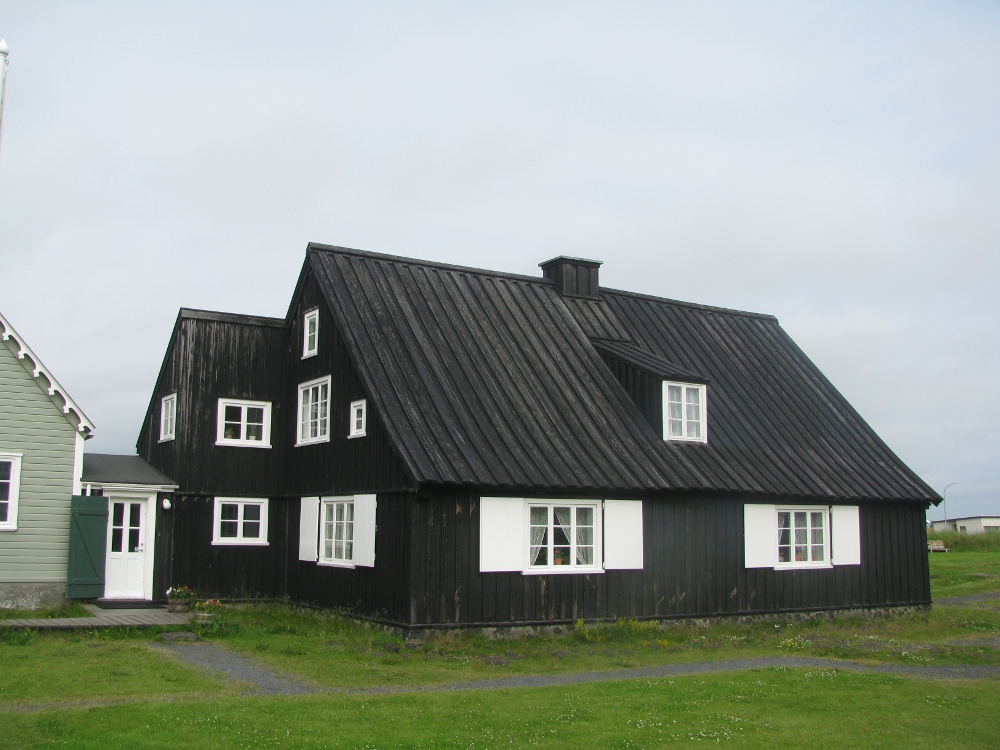
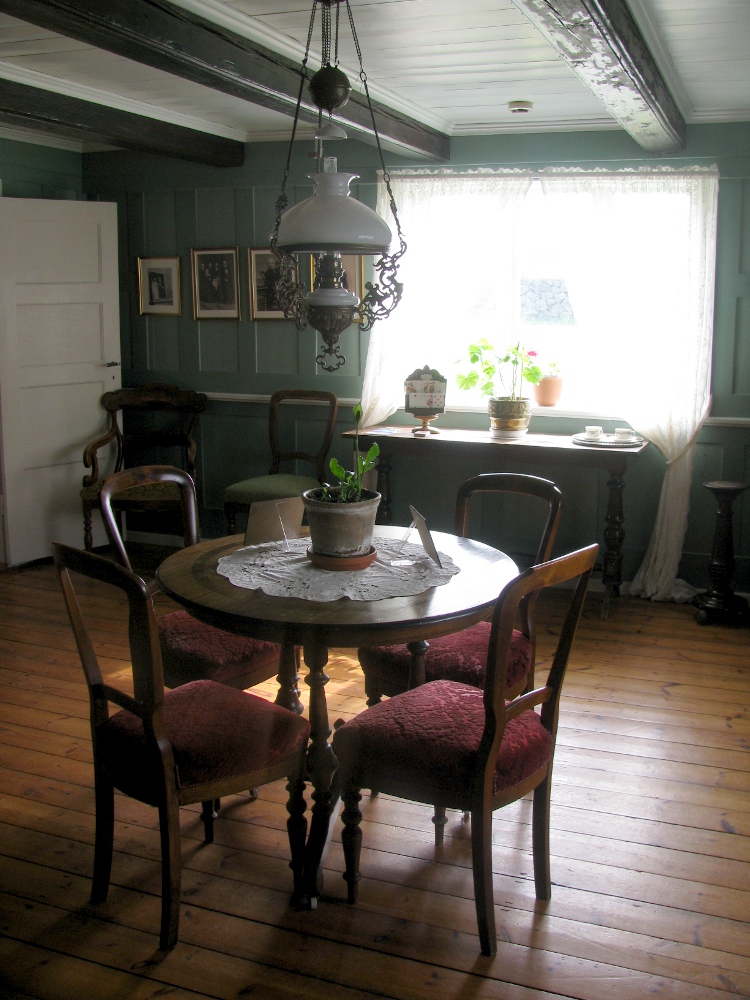
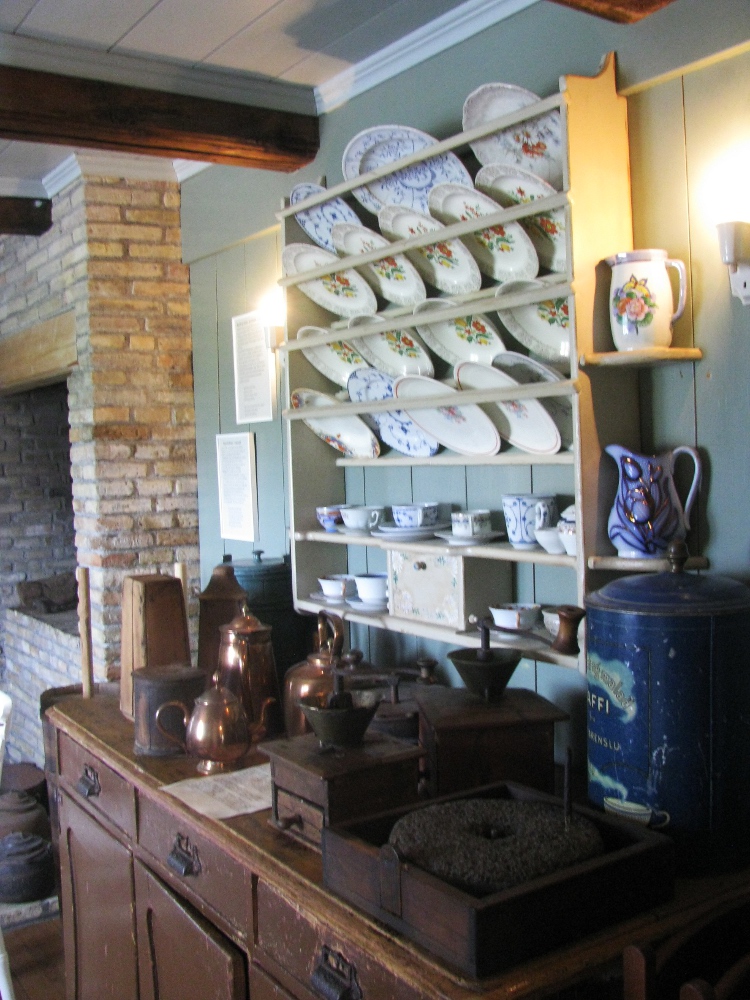
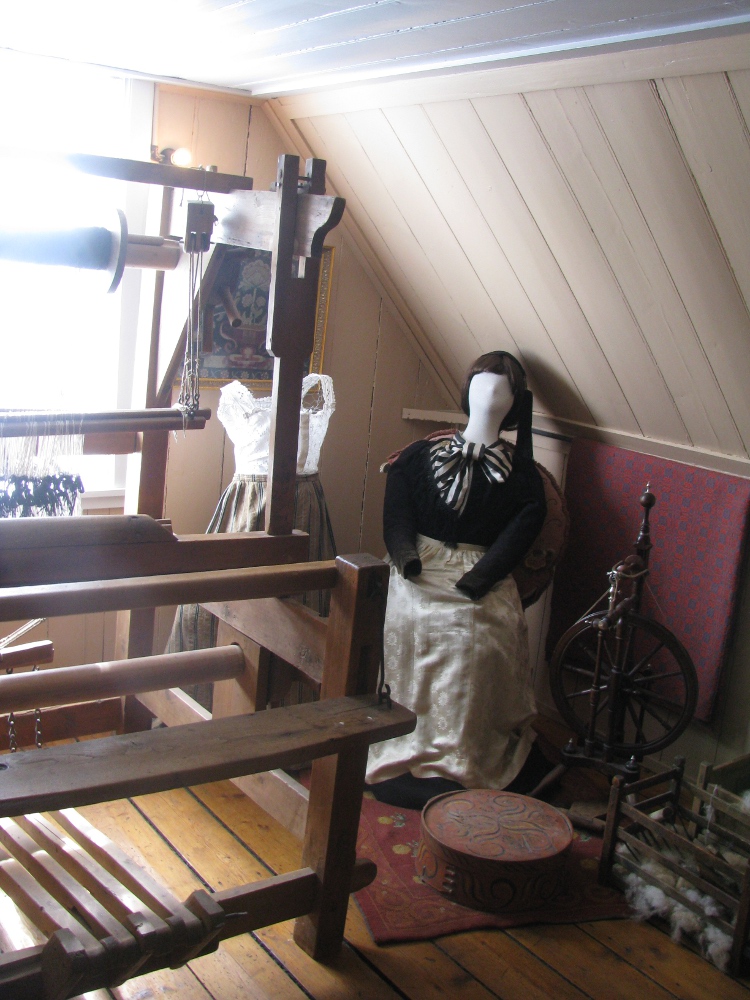
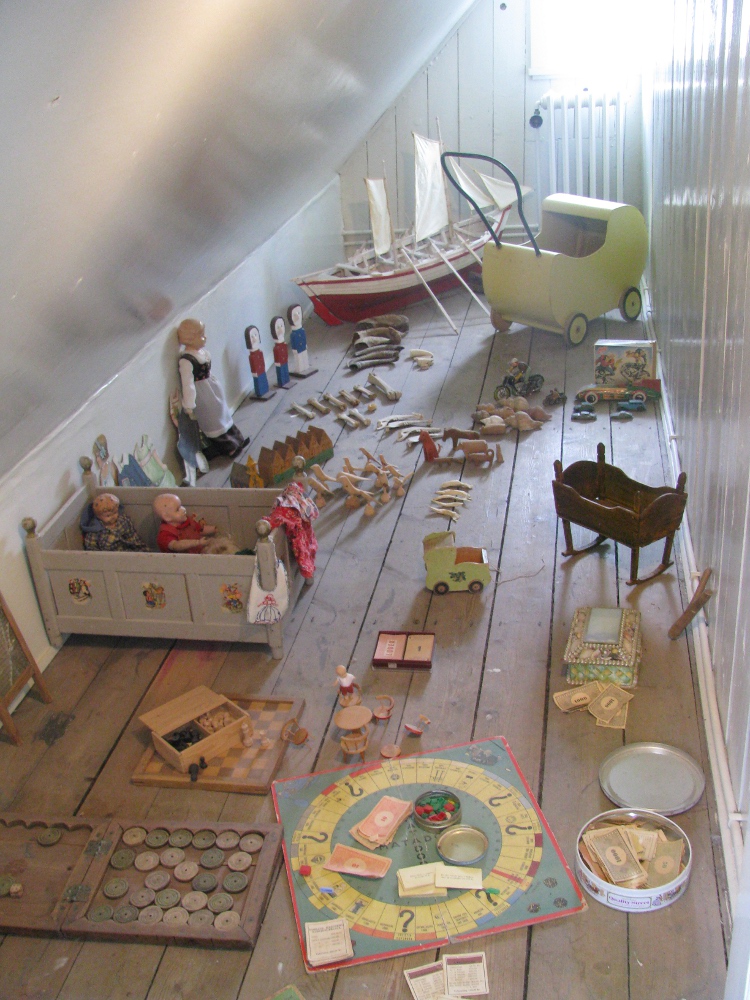
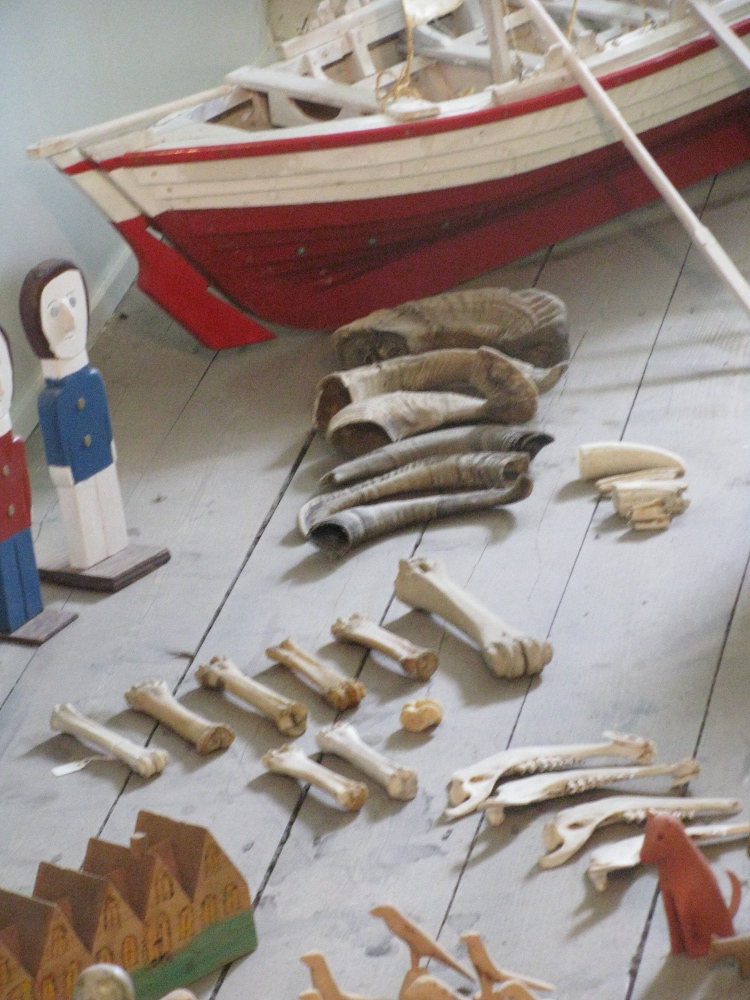
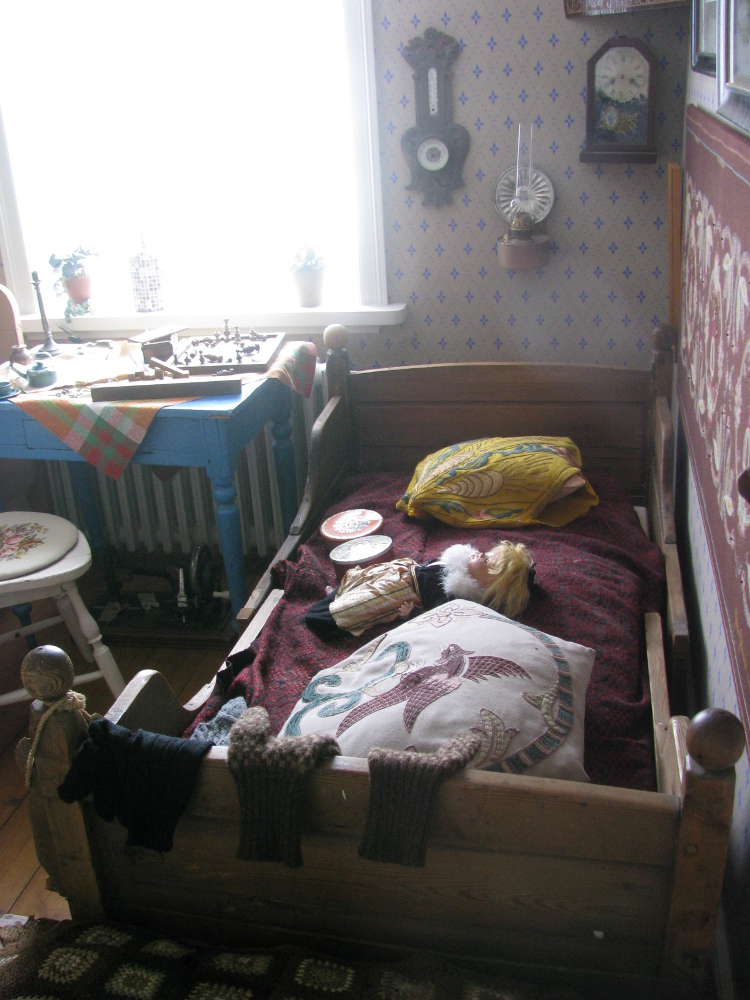
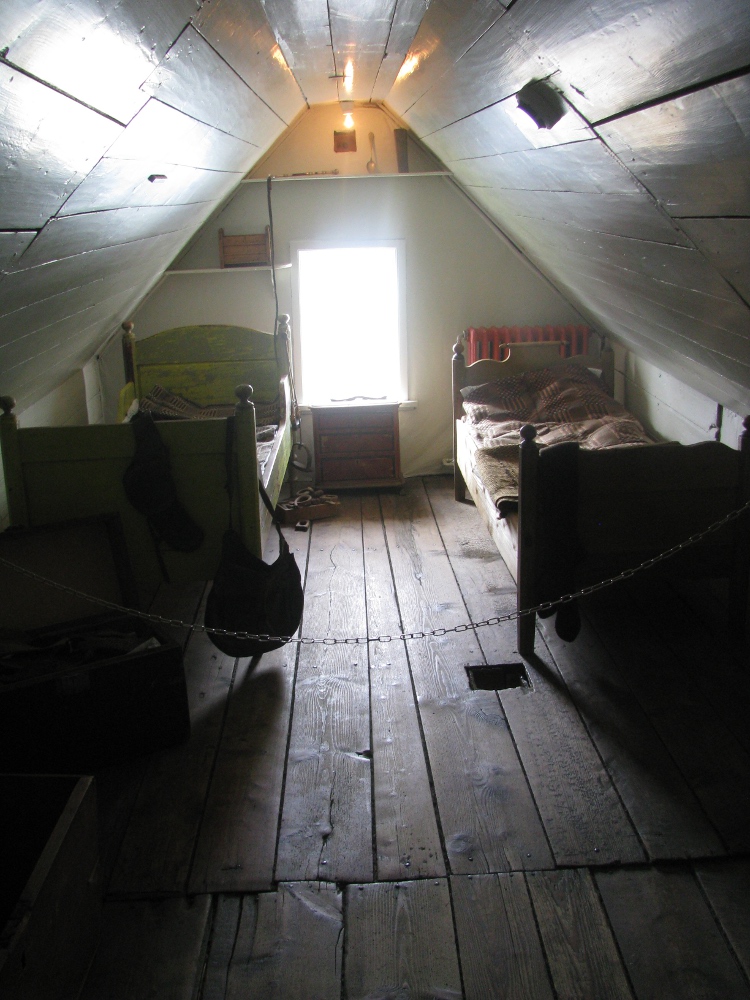
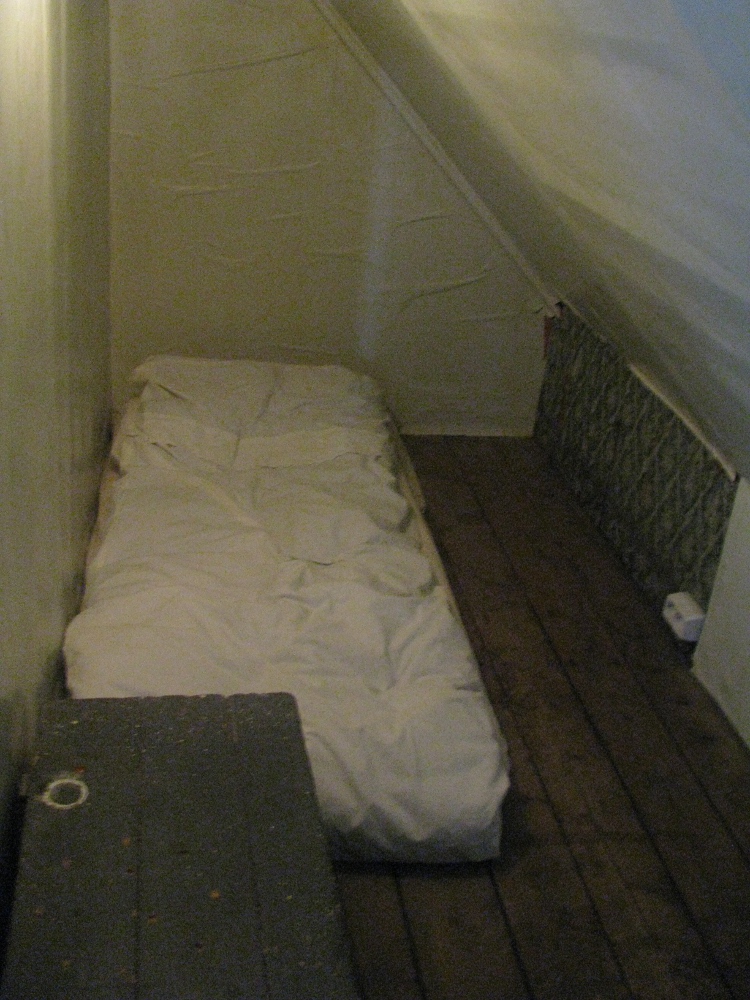
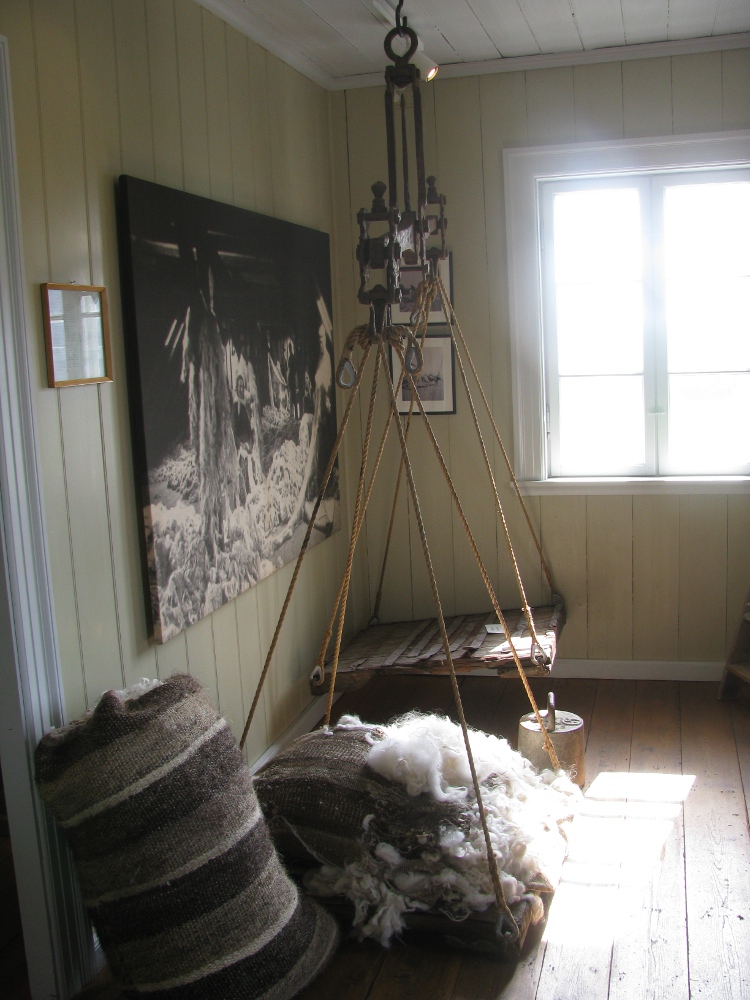
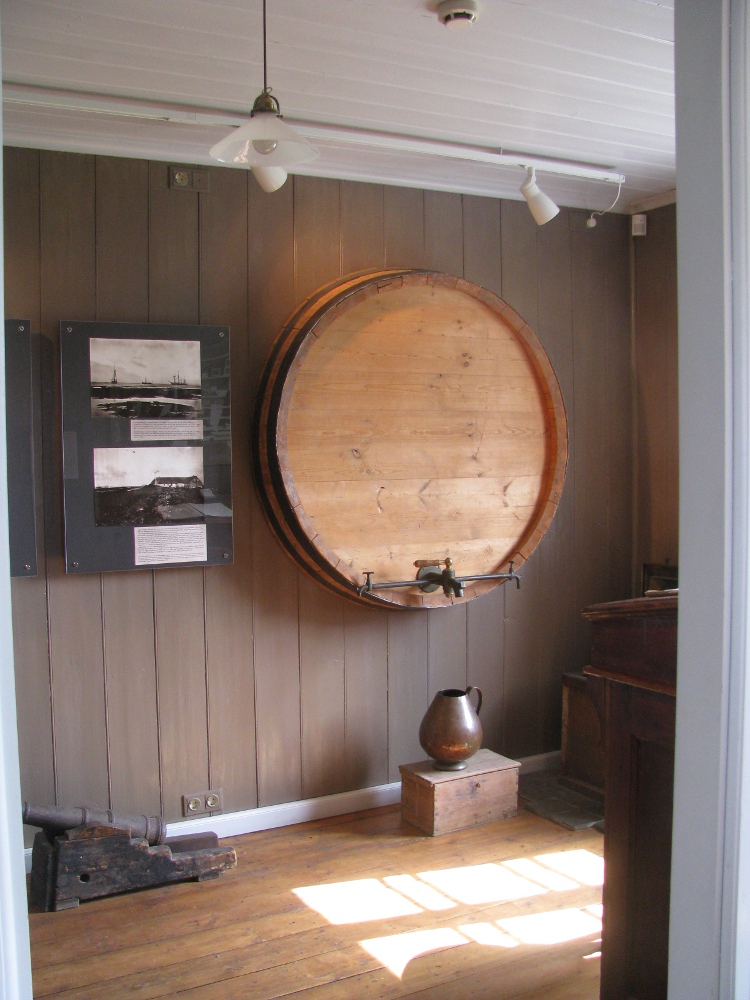
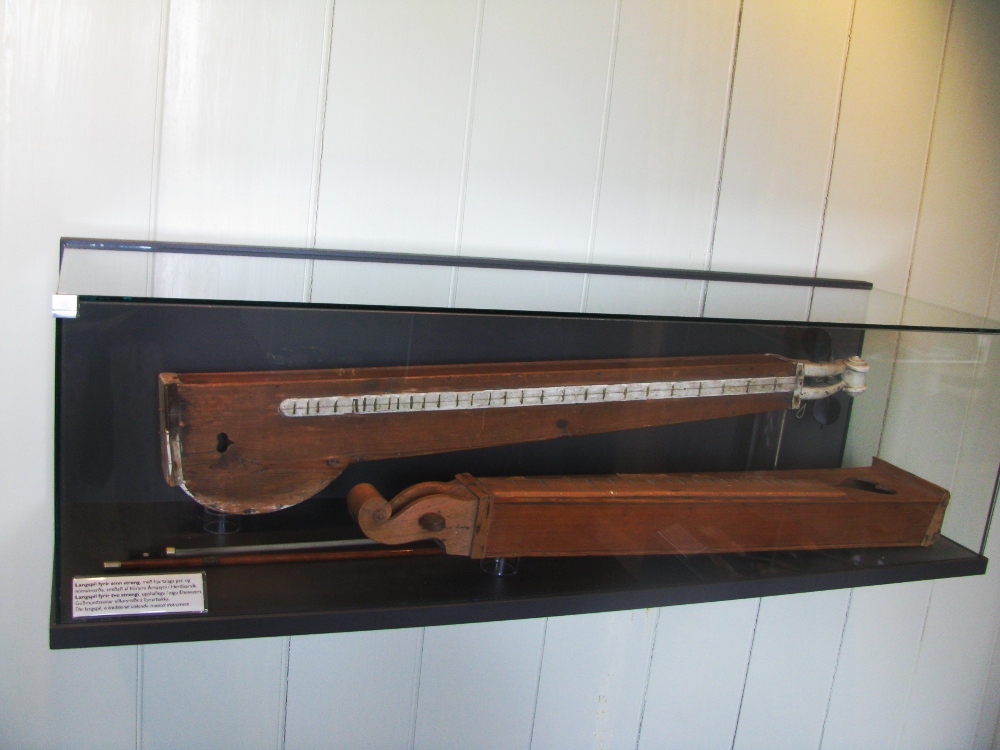
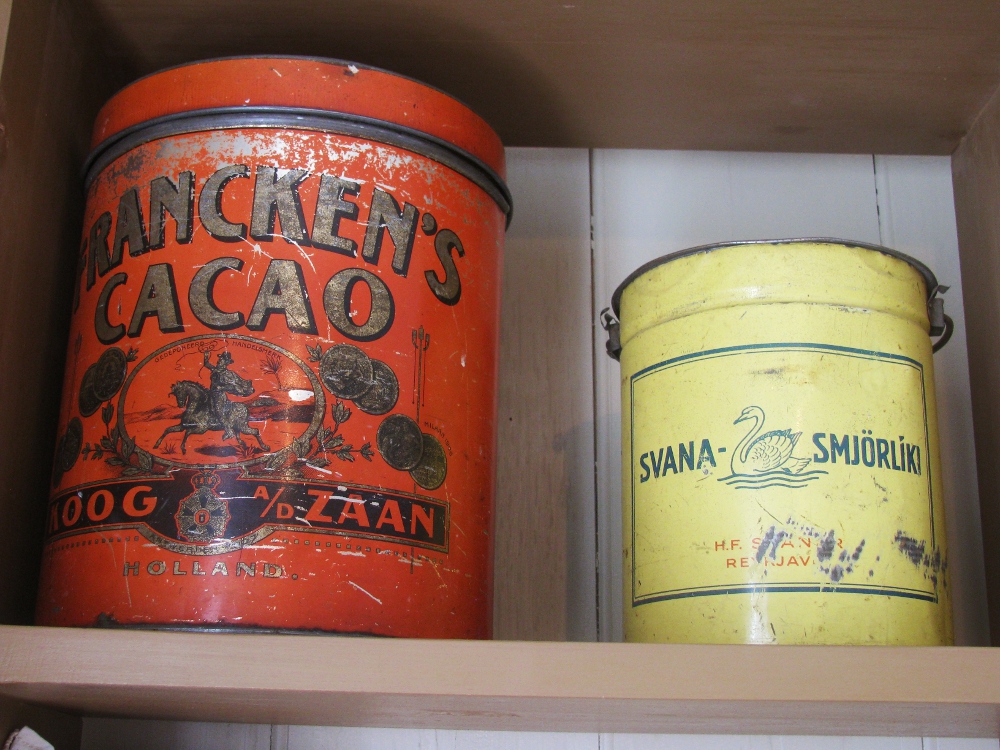
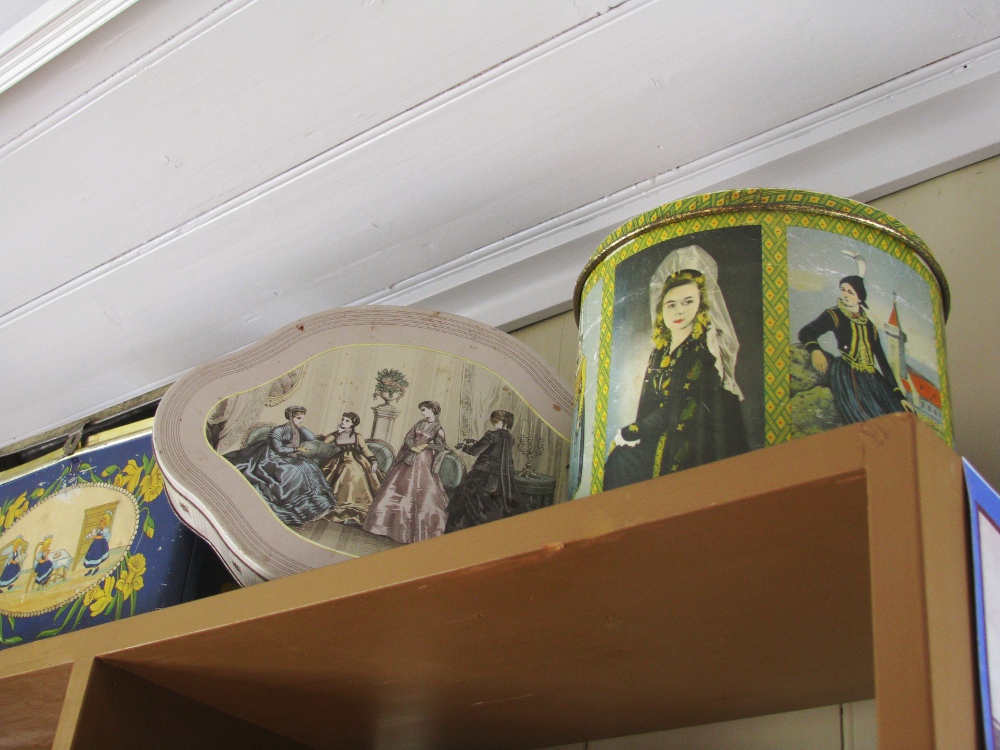
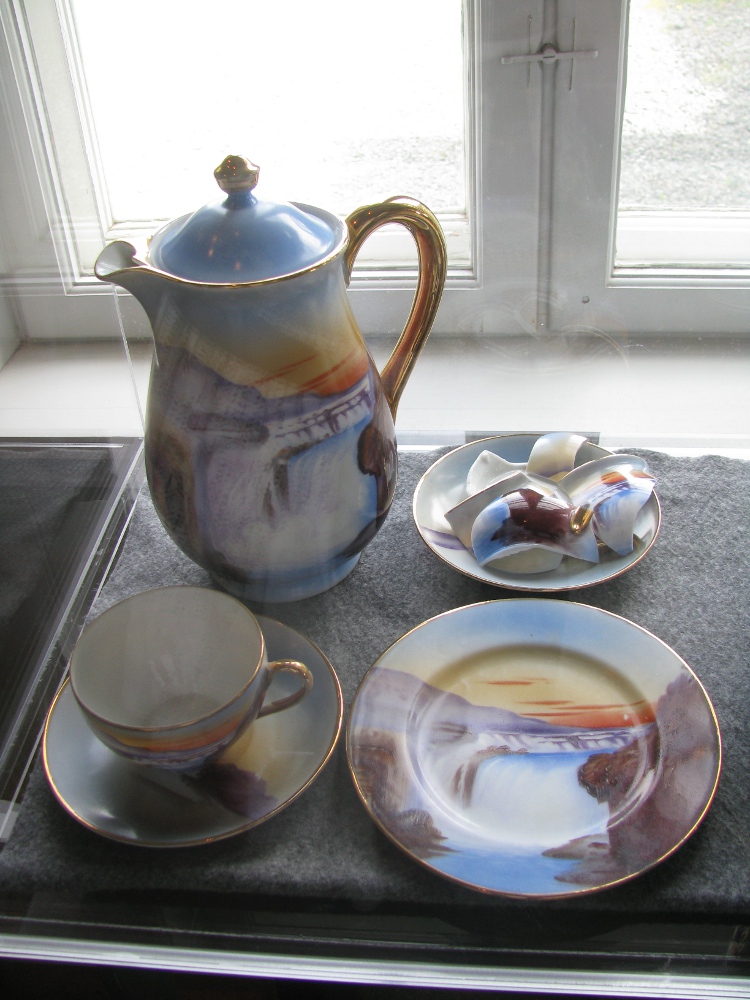
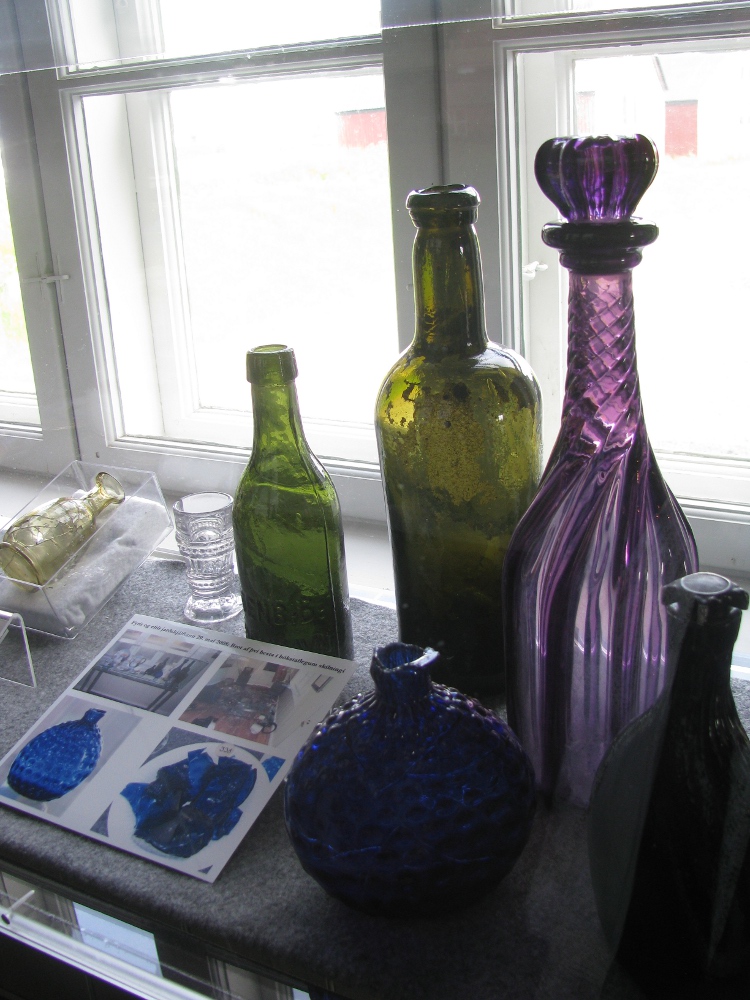
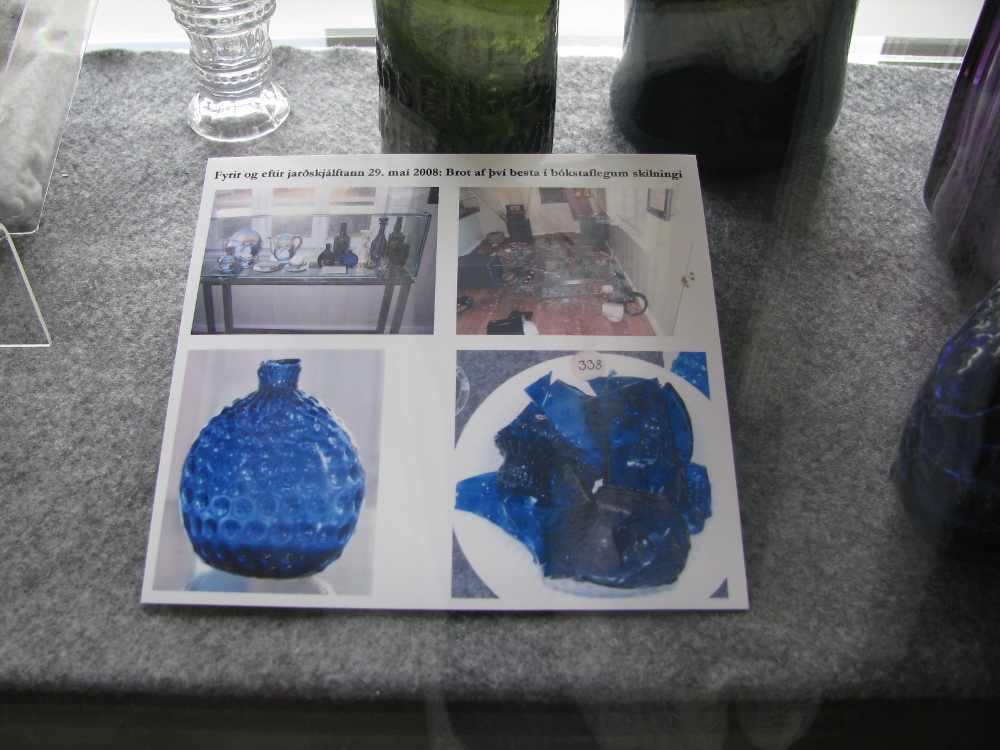
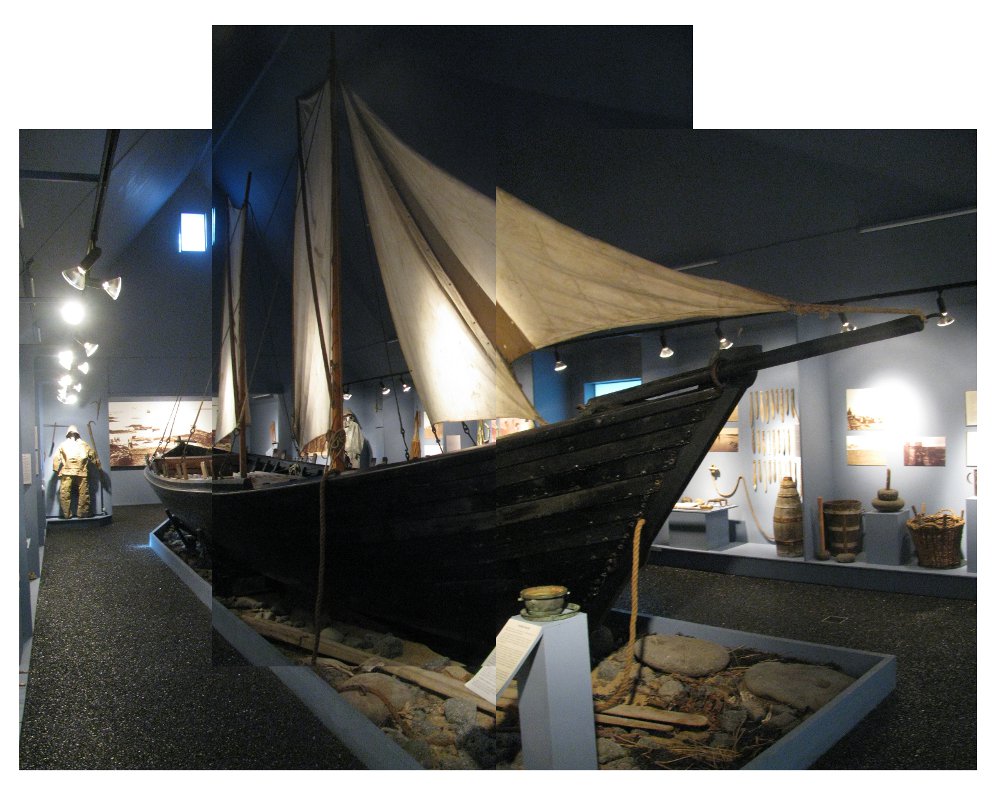
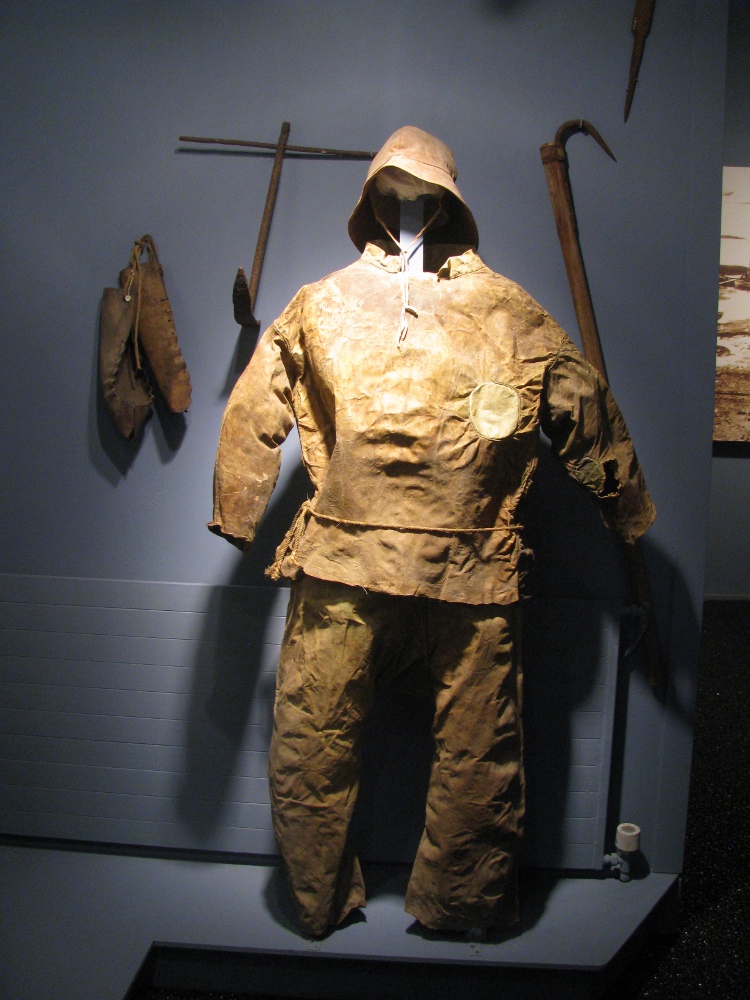
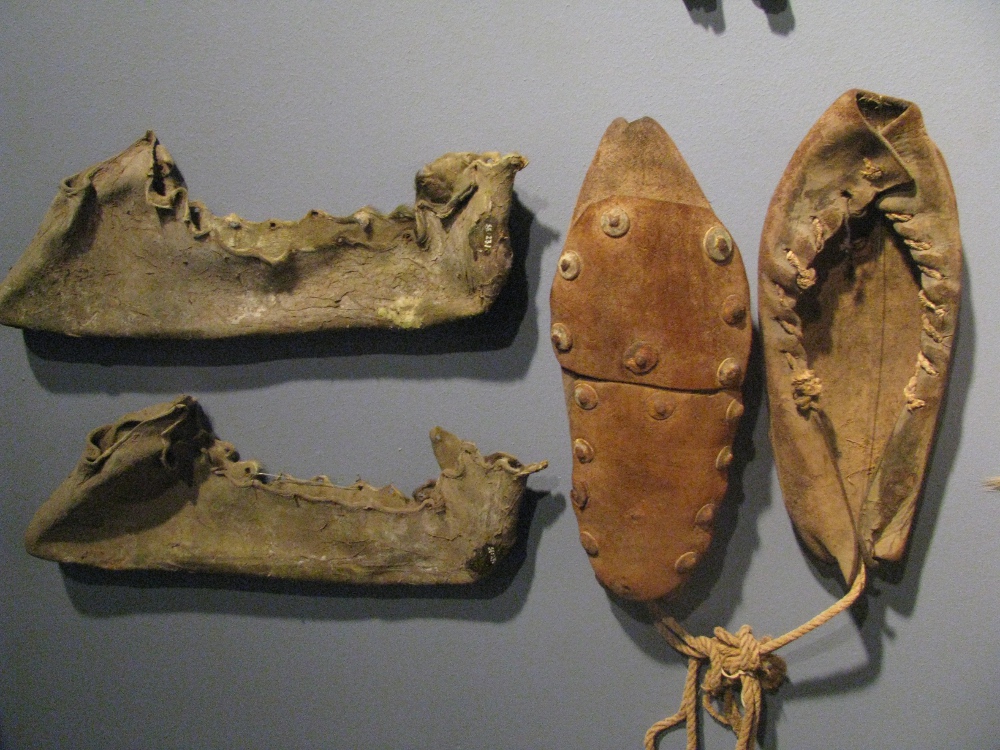
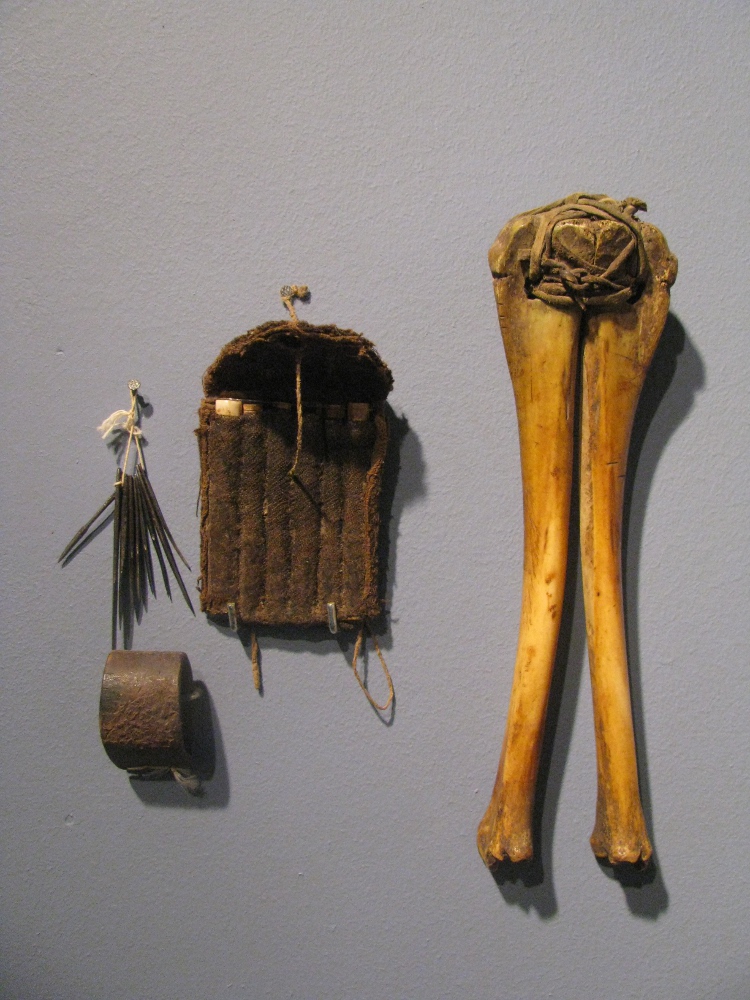

Comments:
Corin:
Hae Hulda,
Tagging your posts reads like a good idea, even though i will probably read them all regardless. I am a PhD candidate in the lifesciences, so if you get a chance to do a vocab posting with all sorts of words a novice líffræðingur (grasafræðingur? in particular)could incorporate into their daily routine, I’d be very greatful, as well as reading more posts about the flora and fauna of iceland.
I have a question regarding praying mantis. Are there any in Iceland? Any endemics?
Cheers Corin
hulda:
@Corin Hæ hæ! Both suggestions sound great, I will definitely be writing more about the nature – and perhaps a vocabulary post for a líffræðingur as well!
There are no type of praying mantises living in Iceland in the wild (I’m not certain what the status of pets are), and all in all Iceland has comparatively few insect types. The internet sources all seem to agree the amount of endemic insect types in Iceland is a little over 1000. I guess it’s a long way to move here from elsewhere (+ the climate is bad)!
Gail Marotta:
I have a black and white line drawing (or print) of Husio a Eyrarbakka. It is 8 1/2 x 12 3/4″ and has the name S. Jonnson in lower left hand corner. Can you tell me anything about it? Thank you.